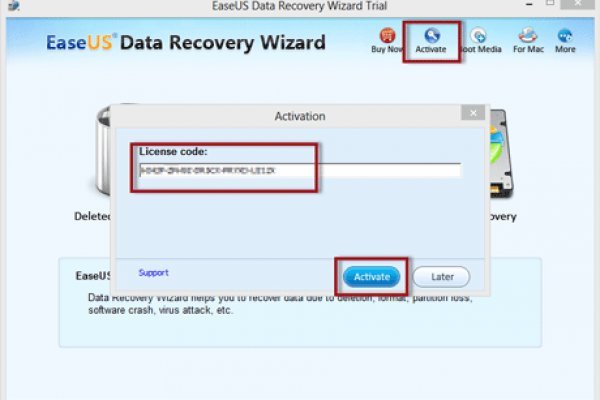

You may also hear them on the guitar and not with other instruments.Īnd that's ok. It can happen that you hit everything from the first, but it is very difficult. Just listen and imagine what image the chords give you in your head or what the sound of the chord reminds you of.

If it doesn’t work at first, don’t give up.
Songsheet generator key change how to#
How to recognize chord progression by ear?įirst, you hear the chord, you pause, you find it on the guitar or any other instrument and you write it down. The easiest way is to find the key in which a chord progression was composed is to use a Key finder tool, like this one, if you have the chord progression in text format. Such scales are called "diatonic", that is, they are made up of combinations of semi-degrees (corresponding to the difference between two adjacent piano keys) and whole degrees (corresponding to the difference between each other key). In European music, there are two main scales - major and minor, with many variants.Įach scale is based on a tonic, to which the melody aspires.
Songsheet generator key change series#
The scale is, of course, a series of tones arranged in height. To start writing songs based on chord progressions, we must first understand that each key has a series of chords that belong to it. If you prefer to get the key from an audio file, you might want use our Song Key Finder instead. You need to paste a chord progression (with or without lyrics, it doesn't matter) in the textarea, and hit the button at the bottom. This tool allows you to find the Key of a song based on its chords. That's the signature that defines a group of tones and chords that are tonally related, or compatible. This tool allows you to easily find the key of a chord progression you generated, or extract it from existing tabs/chords you copied/downloaded from a sheet music site. If you want to practice this, we suggest using an online chord progression generator. Understanding the relationship between chords and different progressions also expands your ability to compose an accompaniment. Progressions are for chords what melodies are for notes.īy listening to a chord progression, you can hear and detect the harmonic structures and intervals. There are many types of chord progressions, each with a specific direction. A chord sequence, played one after the other, is called a chord progression. In the example mentioned, this would mean playing an F7 before going to Bb (try playing an F for a beat or two and then the dominant 7 – this will make the transition smoother but still very apparent).A chord is a collection of notes that create harmony by playing them together. If you want the key change to be more apparent, play the dominant chord leading to the tonic of the destination key. This can be done by the melody playing C or by arranging the instruments so that C gets extra attention in the harmony. Instead of using a chord that is common to both keys, you can emphasize a note that is common between the two chords.įor instance, you can go from a C major to an Ab major chord by emphasizing the note C that is found in both chords. If we want to come back to C major we could use the other pivot chord, F.Ĭ – Am – Dm – Bb – Eb – F7 – Bb – F – C – G – C This will make it harder to hear the modulation. When it’s played it will sound like the second chord in the key of C major, but as soon as you hit the Bb, the Dm will sound like the third chord in the key of Bb major. This approach can work really well but will get old if used frequently. The chorus then stays in the key of C major.Īnother example is the original version of “ Islands In The Stream.” The song is in C major but jumps abruptly to a G# major chord after the first chorus. Your ear thinks it will go back to A major but instead goes up a minor third to a C major. In “ Jo-anna Says“, the verse is in the key of A major and ends on an E major chord. This can surprise the listener and can give the chorus a lift. Think about a song that goes up a semitone in the last chorus (this is sometimes referred to as arranger’s modulation since it’s not really part of the songwriting process). This is where you play a chord that belongs to another key without preparing the listener. Whatever your motive, here are three ways to do it: The Abrupt Way You might have other reasons to change key in a song, like adding excitement or variation in the middle eight, for example. Here’s where your friend modulation (key change) comes in. You can try moving the melody up a third using the same chords, but this may not sound right. You’re happy with the melodies, but the chorus is in the same range as the verse and this might lead to a less impactful chorus. You’ve just written a great verse and chorus that fit really well together.


 0 kommentar(er)
0 kommentar(er)
